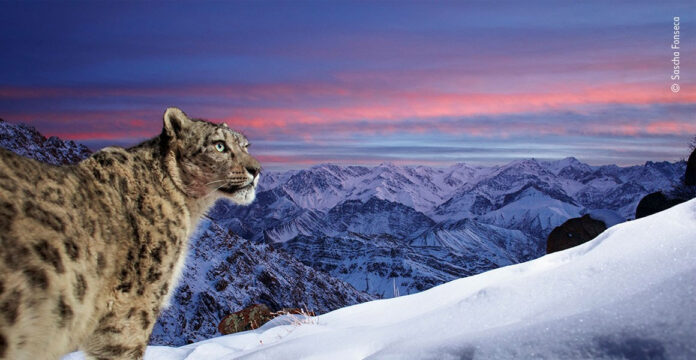
Natural History Museum announced that Sascha Fonesca’s striking image World of the Snow Leopard has won the Wildlife Photographer of the Year 58 People’s Choice Award.
The photo was taken during a three-year, bait-free, camera-trap project in the Indian Himalayas. Carefully positioned in the mountains of Ladakh in northern India, Sascha’s camera trap caught the elusive snow leopard in the perfect pose.
Out of nearly 39,000 entries received from 93 countries across the world, the panel shortlisted Sascha’s image for the People’s Choice, after which it was up to the public to decide. The ethereal beauty of the snow leopard and its surroundings clearly resonated with voters, with the image receiving nearly 6,000 votes.
Natural History Museum director Douglas Gurr said in the statement: “A result of dedication and perseverance, Sascha’s remarkable image captures the breathtaking beauty of our planet and reminds us of our shared responsibility to protect it.”
Sascha has been fascinated by animals since childhood, but only took up photography later on in 2013. He now travels to remote locations such as Ladakh with the hope of capturing big cats. He specialises in camera traps, which allow him to take close-up pictures of wildlife that would otherwise be impossible to capture.
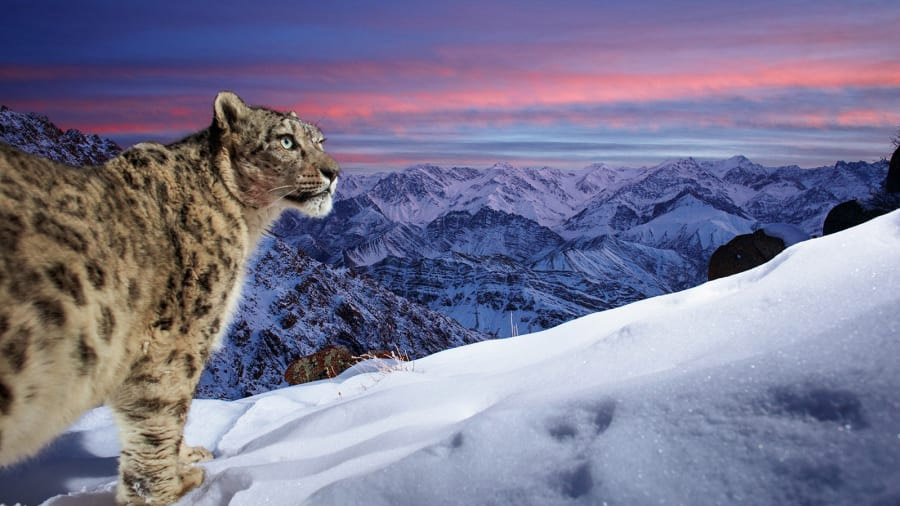
The snow leopard’s coat means that it is easily camouflaged against its rocky, snowy surroundings, and this combined with the fact that it is active mostly at dawn and dusk makes it very hard to spot. As a result, sightings of snow leopards are rare and mostly occur in winter when they descend from the mountains to hunt, so camera traps are essential.
Snow leopards are classified as vulnerable by The International Union of Conservation of Nature, and their low numbers and remote habitat makes them one of the hardest big cats to photograph in the wild.
Of the 6,400 snow leopards estimated to live in the wild, 300 are estimated to reside in northern India’s Ladakh region and the state proudly bears the snow leopard as its state animal.
Temperatures in Ladakh regularly fall to -20°C, and while these sub-zero temperatures are no issue for the snow leopard, whose thick coat and furry footpads keep it warm, they certainly posed a challenge to Sascha’s camera trap. To overcame this, he developed a specialised, weatherproof casing for it in his kitchen.
These DIY improvements meant the equipment survived not only the extreme cold and snow but also animal interference during the year and half it was in place. But it wasn’t the only challenge, Sascha also had to contend with high altitudes, low oxygen levels, rugged terrain and snowstorms in order to set his camera trap up.
Sascha says, ‘I’m incredibly proud to be the winner of this year’s People’s Choice Award. Photography can connect people to wildlife and encourage them to appreciate the beauty of the unseen natural world. I believe that a greater understanding of wildlife leads to deeper caring which hopefully results in active support and greater public interest for conservation.’
Jay Sullivan of Natural History Museum noted that you can see Sascha’s winning People’s Choice image, along with the four Highly Commended images, on display in our Wildlife Photographer of the Year exhibition in South Kensington until 2 July 2023.
Another Four Highly Commended images :
“Holding on” by Igor Altuna captured a leopard carrying a dead monkey and its baby.
“Fox affection” by Brittany Crossman shows red foxes nuzzling.
“Among the flowers.” by Martin Gregus shows a polar bear cub plays on the coast of Hudson Bay, Canada
“Portrait of Olobor” Marina Cano depicts a majestic male lion in Kenya’s Maasai Mara.
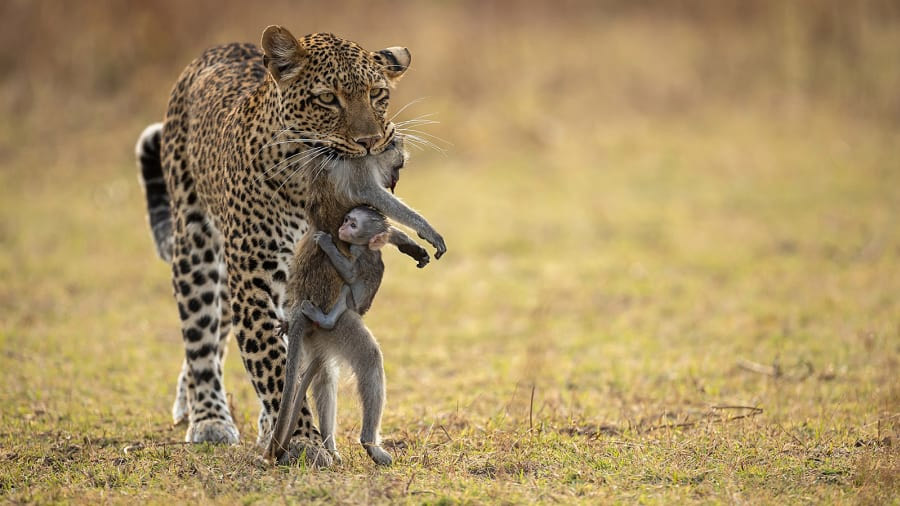
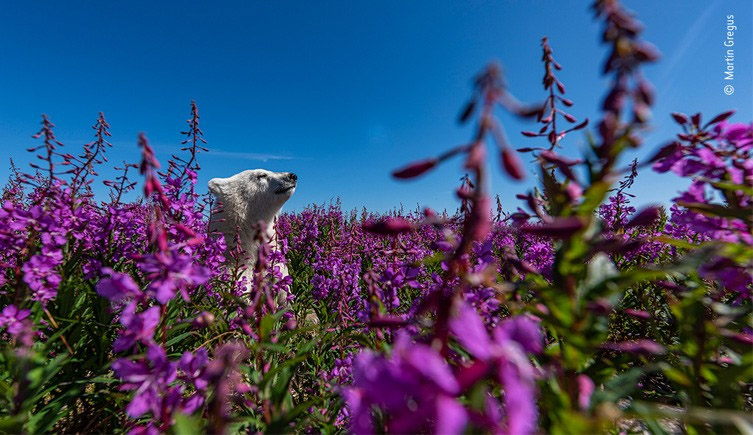
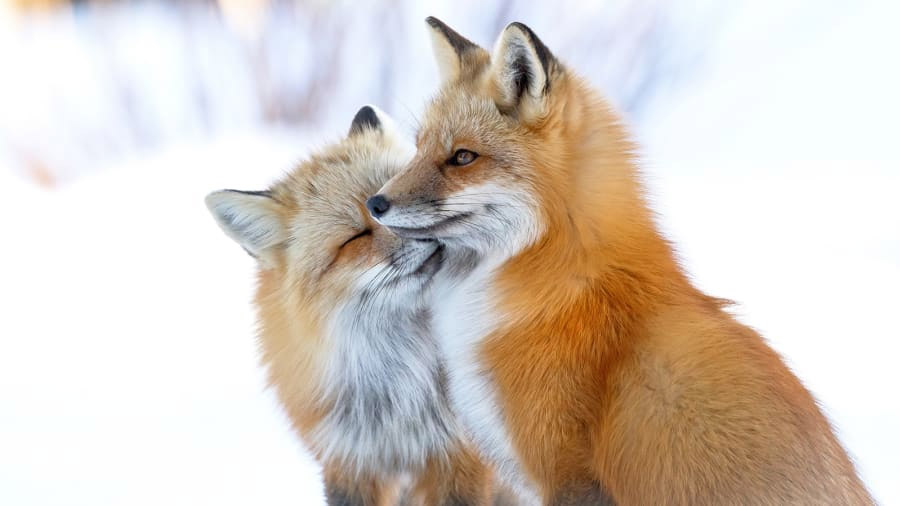
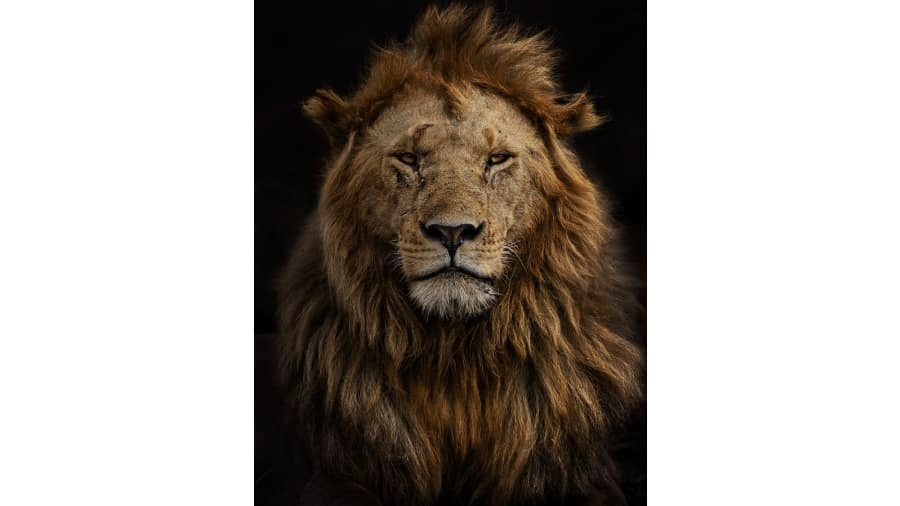


































![Photography Exhibition “Bad Girls Do It Well Art Selected By [ Z ] Zalekta” Zalekta](https://www.khaosodenglish.com/wp-content/uploads/2024/04/image1-7-218x150.jpg)











